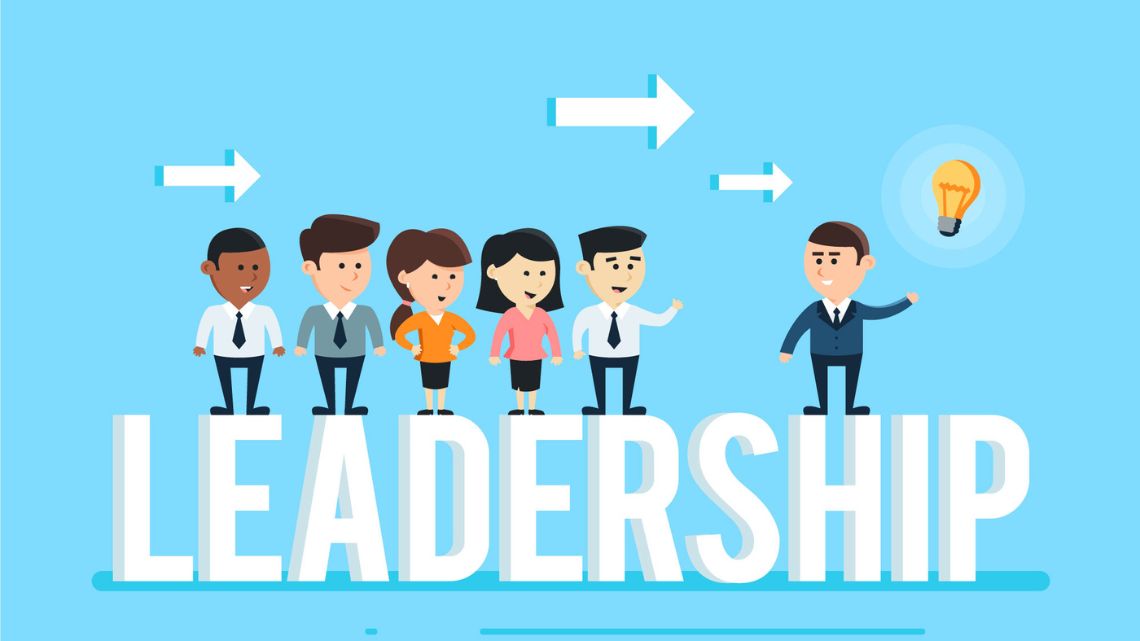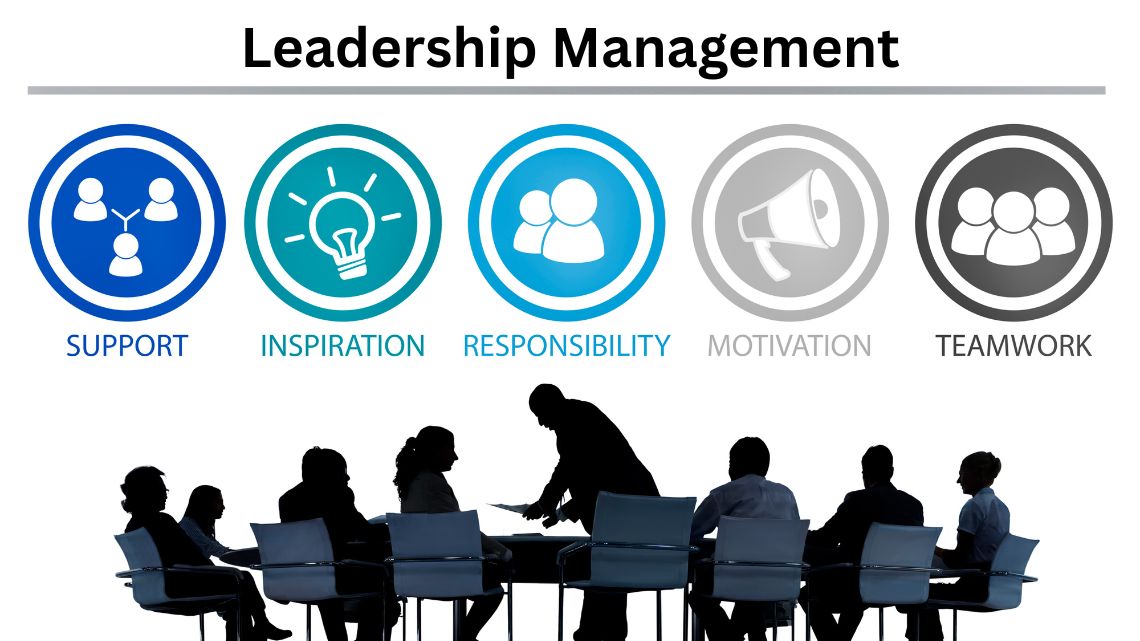What Is Autocratic Leadership? Features, Benefits, and Examples
Leadership not only influences management but the culture, productivity, and strategic outcomes of organizations. While transformational and democratic leadership styles promote collaboration, creative thinking, and empowerment, autocratic leadership remains authoritative control, misunderstood as archaic, or not current with the modern organizational flexibility. Yet there are situations where autocratic leadership is still a viable style, particularly when decisions must be made rapidly, at a high-degree of accuracy, or high-stakes conditions demand supreme accountability. This blog highlights the autocratic leadership at its core, its operational benefits, features and provides examples of leaders who have flexibly relied on this style to cultivate remarkable...
Read More











